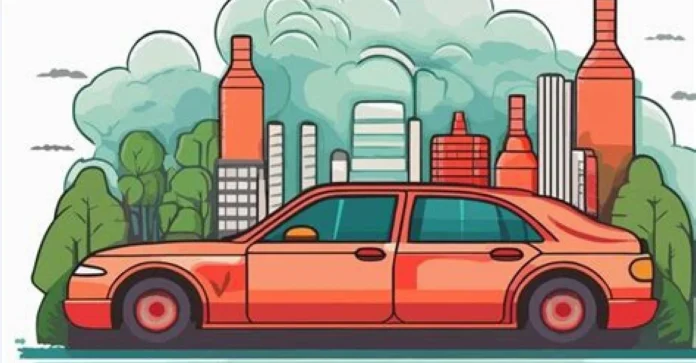By Vikram Kilpady
Regulators introduced a sudden ban on July 1 that prevented refuelling of old vehicles at petrol pumps, hoping to reduce transport emissions. Authorities impounded around 80 vehicles on the first day, but the number quickly plunged to single digits as enforcement proved unreliable. Faulty Automatic Number Plate Recognition (ANPR) cameras, sensor malfunctions, incomplete integration with regional vehicle databases, and insufficient trained personnel all affected the crackdown.
In response, Delhi’s chief minister and environment minister pressed regulators to suspend the ban, arguing it was “premature and potentially counterproductive”. They highlighted concerns that drivers would simply cross into neighbouring areas to refuel, undermining efforts.
Following a review, the Commission for Air Quality Management announced that enforcement in Delhi and five high-traffic NCR districts—Gurugram, Faridabad, Ghaziabad, Gautam Budh Nagar, and Sonipat—will begin on November 1, 2025. The remainder of the NCR will follow on April 1, 2026. Across Delhi, an estimated 6.2 million end-of-life vehicles are registered, including around 4.1 million two-wheelers, though this figure may be inflated.
To ensure smoother implementation, authorities will conduct trial runs, complete technology testing, train staff, and issue monthly progress updates on the disposal of old vehicles. Penalties for violations include fines and the impounding of vehicles, with provisions to transport them to scrapping facilities.
Critics argue that policy should shift from age-based bans to stricter emission standards. They point out that vehicles meeting Pollution Under Control norms and in good running condition are being unfairly targeted, and that European-style regular fitness checks might be a better fit for India’s context.


